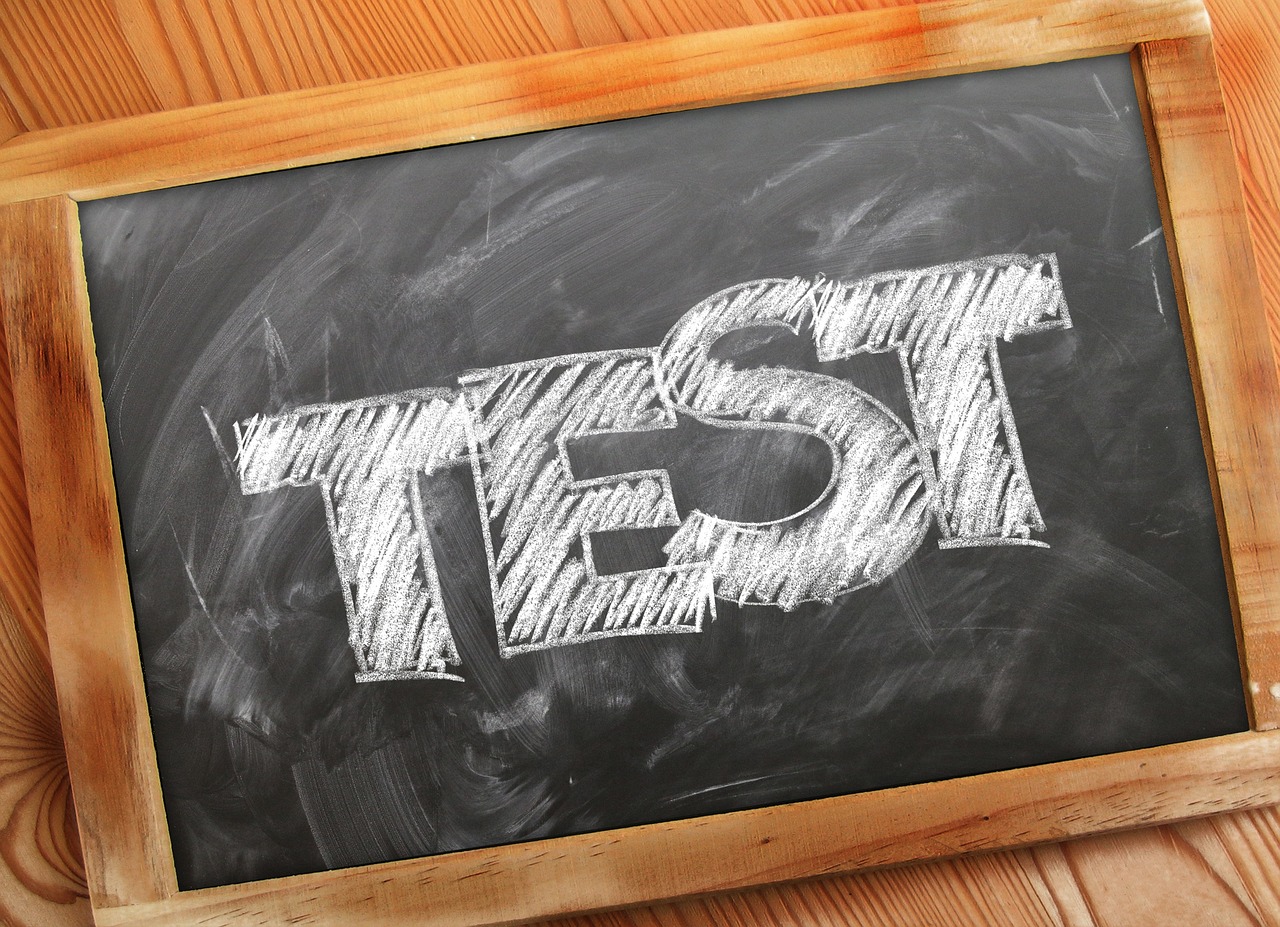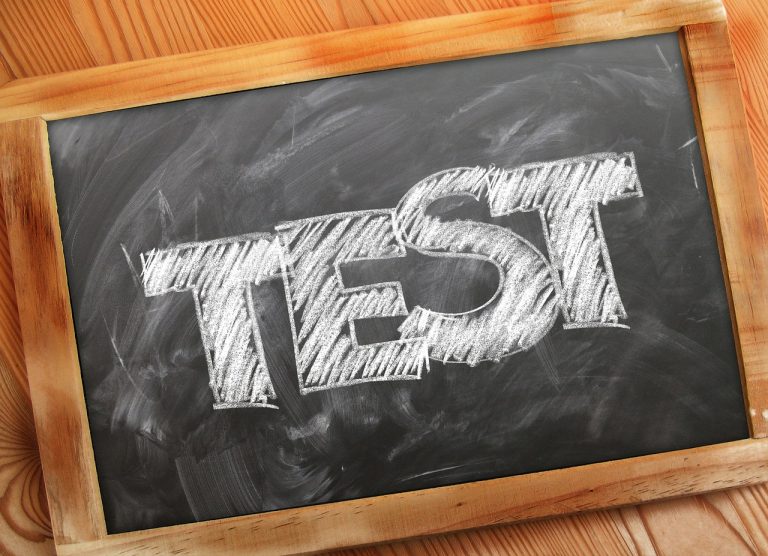Setting Up for Success by Starting Out Right: The Art of the Pre-Assessment
“If you fail to prepare, you are preparing to fail.” Or so H.K. Williams—and many since—have warned us. For an instructor, this has many different applications, but there is one application that often gets overlooked: the pre-assessment.
What Is the Pre-Assessment?
The pre-assessment is a test that an instructor will give students before they begin working through a new subject. It is one of the first steps an instructor takes to start preparing their student to learn.
But wait! The last thing any student wants is more tests! For that matter, as instructors, the feeling is mutual. So why the pre-assessment?
The pre-assessment has many purposes, but its primary purpose is to help instructors establish a baseline for what students already know. Pre-assessment results can tell instructors that they can skip already covered material or warn them that they need to backtrack to cover background information that students are missing.
The pre-assessment allows instructors to tailor their lessons to what will actually benefit the students, rather than simply following a pre-determined path.
With the benefits of a pre-assessment in mind, what makes for a good one?
Pre-Assessment Tips
– Make the pre-assessment different from the post-assessment.
– Make the pre-assessment a low-pressure experience.
– Make the pre-assessment an opportunity to introduce the material.
– Make the pre-assessment an un-timed event—there’s no rush!
– Make the pre-assessment something that is okay to fail!
Ironically, pre-assessments are the one assessment for which failure is not only expected, but at times encouraged! These should not be graded activities that will punish students, but opportunities for instructors to determine what instruction their students need, while also giving students an opportunity to dip their toes into the instruction material in a low-stress way—the pre-assessment might be something students are meant to fail, but it is also something students will learn from, without even noticing it!
The Bonus Benefit
The pre-assessment also offers a benefit on the back end. Once a subject is completed, pre-assessments and post-assessments can be compared to show the growth of students’ knowledge throughout the study of the subject. This allows instructors to track students’ progress from start to finish and from topic to topic.
In a progress-driven environment, the pre-assessment reassures both instructors and students that progress is being made, an encouraging prospect for any student.
The pre-assessment is a critical starting point for instructors who want to help prepare both themselves and their students for success.
SOURCES
Berry, Thomas. 2011. “Pre-Test Assessment.” American Journal of Business Education (AJBE) 1 (1): 19. https://doi.org/10.19030/ajbe.v1i1.4633.
Kelly, Melissa. 2019. “The Importance and Use of Pretests.” ThoughtCo. 2019. https://www.thoughtco.com/importance-and-uses-of-pretests-7674.
Richland, Lindsey E., Nate Kornell, and Liche Sean Kao. 2009. “The Pretesting Effect: Do Unsuccessful Retrieval Attempts Enhance Learning?” Journal of Experimental Psychology: Applied 15 (3): 243–57. https://doi.org/10.1037/a0016496.








